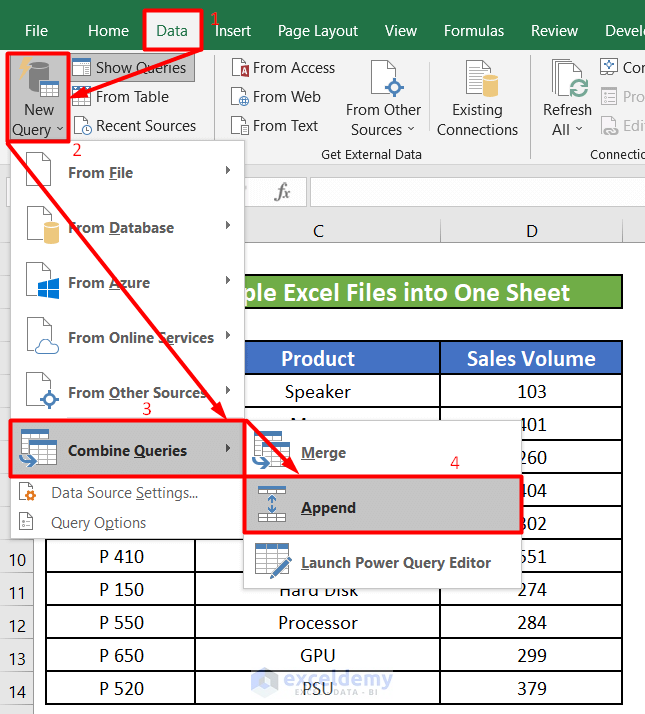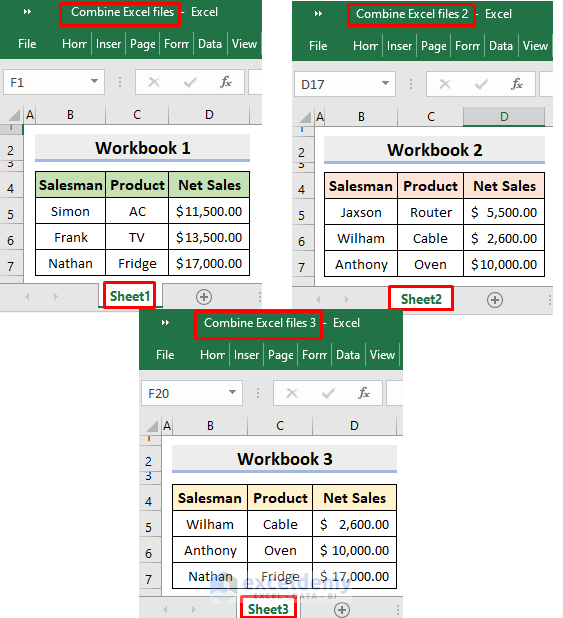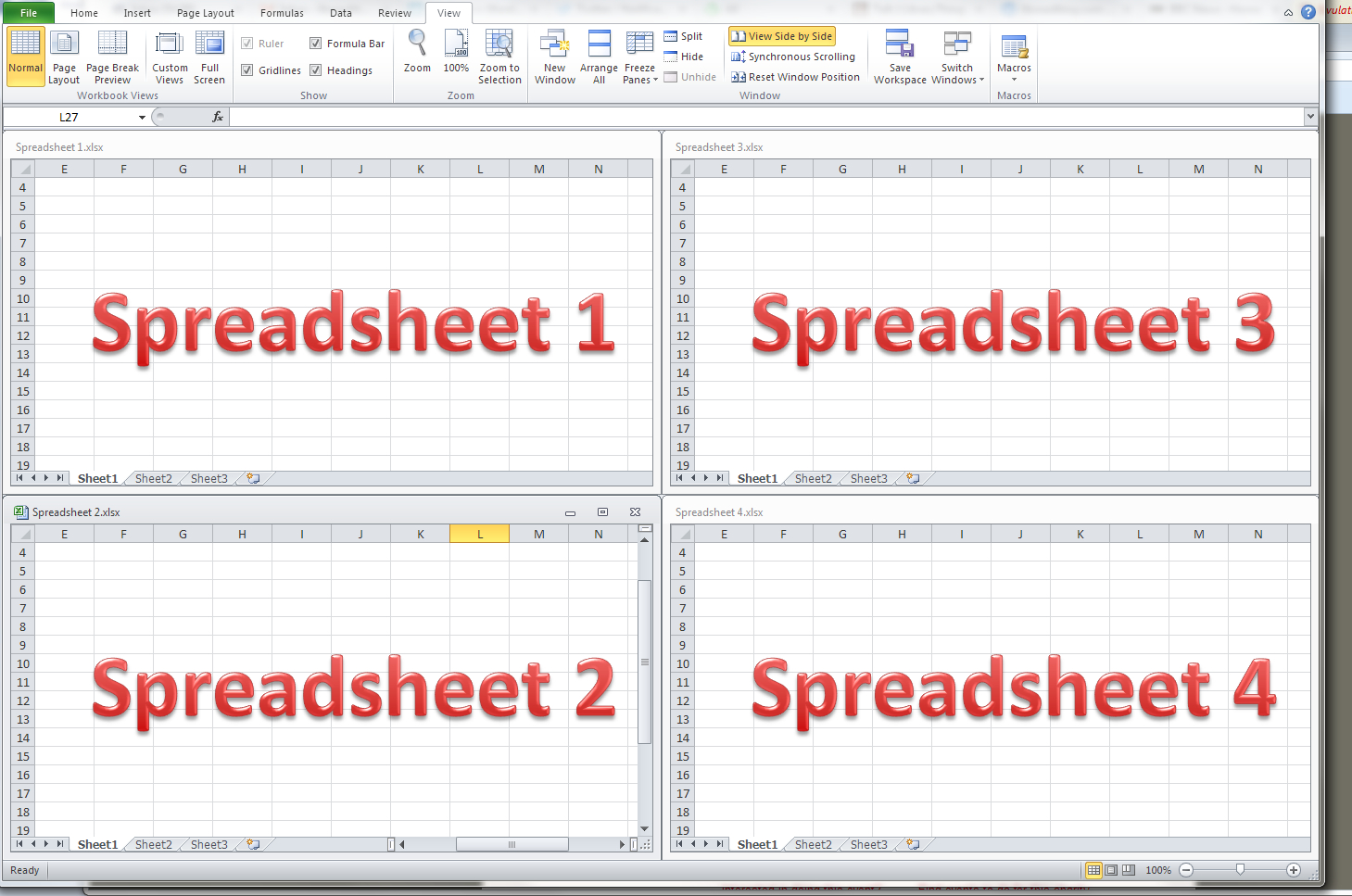How To Merge Multiple Excel Files

Introduction to Merging Excel Files

Merging multiple Excel files into one can be a daunting task, especially when dealing with large datasets. However, with the right tools and techniques, it can be accomplished efficiently. In this article, we will explore the different methods of merging Excel files, including using Excel formulas, VBA scripts, and third-party add-ins. We will also discuss the benefits and limitations of each method, as well as provide step-by-step instructions on how to merge Excel files.
Method 1: Using Excel Formulas

One way to merge Excel files is by using Excel formulas. This method is useful when dealing with small to medium-sized datasets. To merge Excel files using formulas, follow these steps: * Open the first Excel file and create a new sheet. * Use the =CONCATENATE formula to combine data from multiple sheets. * Use the =VLOOKUP formula to look up data from other sheets. * Repeat the process for each sheet that needs to be merged.
For example, if we have two Excel files, File1.xlsx and File2.xlsx, and we want to merge them into a new file, MergedFile.xlsx, we can use the following formula: =CONCATENATE(File1.xlsx!A1, File2.xlsx!B1)
Method 2: Using VBA Scripts

Another way to merge Excel files is by using VBA scripts. This method is useful when dealing with large datasets or complex merging tasks. To merge Excel files using VBA scripts, follow these steps: * Open the Visual Basic Editor in Excel. * Create a new module and insert the following code:
Sub MergeFiles()
Dim file1 As Workbook
Dim file2 As Workbook
Dim mergedFile As Workbook
Set file1 = Workbooks.Open("File1.xlsx")
Set file2 = Workbooks.Open("File2.xlsx")
Set mergedFile = Workbooks.Add
' Merge data from file1 and file2 into mergedFile
mergedFile.Sheets(1).Range("A1").Value = file1.Sheets(1).Range("A1").Value
mergedFile.Sheets(1).Range("B1").Value = file2.Sheets(1).Range("B1").Value
' Save the merged file
mergedFile.SaveAs "MergedFile.xlsx"
End Sub
- Run the script by pressing F5 or by clicking the Run button.
Method 3: Using Third-Party Add-ins

There are also third-party add-ins available that can help merge Excel files. These add-ins can be useful when dealing with complex merging tasks or large datasets. Some popular add-ins include Excel Merge, XLTools, and Able2Extract. To merge Excel files using third-party add-ins, follow these steps: * Install the add-in and restart Excel. * Open the add-in and select the files to be merged. * Choose the merging options and click Merge.
Benefits and Limitations of Each Method

Each method has its benefits and limitations. The formula method is useful for small to medium-sized datasets, but can be time-consuming and prone to errors. The VBA script method is useful for large datasets and complex merging tasks, but requires programming knowledge. The third-party add-in method is useful for complex merging tasks and large datasets, but can be expensive and may have compatibility issues.
| Method | Benefits | Limitations |
|---|---|---|
| Formula | Easy to use, flexible | Time-consuming, prone to errors |
| VBA Script | Powerful, flexible | Requires programming knowledge, can be complex |
| Third-Party Add-in | Easy to use, powerful | Expensive, may have compatibility issues |

💡 Note: When merging Excel files, it's essential to ensure that the data is consistent and accurate. It's also crucial to test the merged file for errors and inconsistencies before using it for analysis or reporting.
To summarize, merging multiple Excel files can be accomplished using various methods, including using Excel formulas, VBA scripts, and third-party add-ins. Each method has its benefits and limitations, and the choice of method depends on the size and complexity of the dataset, as well as the user’s level of expertise. By following the steps outlined in this article, users can efficiently merge their Excel files and create a unified dataset for analysis and reporting.
What is the best method for merging Excel files?

+
The best method for merging Excel files depends on the size and complexity of the dataset, as well as the user’s level of expertise. For small to medium-sized datasets, the formula method may be sufficient. For larger datasets or complex merging tasks, the VBA script method or third-party add-in method may be more suitable.
How do I handle errors and inconsistencies when merging Excel files?

+
When merging Excel files, it’s essential to test the merged file for errors and inconsistencies. This can be done by visually inspecting the data, using formulas to check for errors, or using third-party add-ins to detect and correct errors.
Can I merge Excel files with different structures?

+
Yes, it is possible to merge Excel files with different structures. However, this may require additional steps, such as reformatting the data or using VBA scripts to handle the differences in structure.
